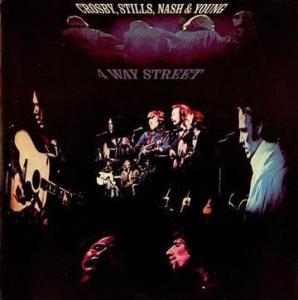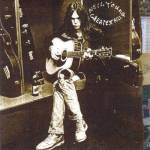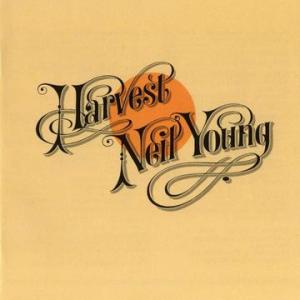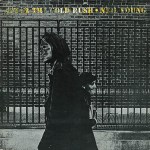More David Crosby
More Stephen Stills
More Graham Nash
More Neil Young
- A 4 Way Street like you’ve never heard, with roughly Nearly Triple Plus (A++ to A+++) sound on all FOUR sides – just shy of our Shootout Winner (side three actually won the shootout)
- This live album gives you the “naked” sound of the real thing – the real voices and the real guitars and the real everything else, in a way that could never happen again
- Bill Halverson worked his magic, but only the better pressings let his genius shine the way it does here
- 4 1/2 stars: “4 Way Street, released in April of 1971: a live double-LP set, chock-full of superb music distilled down from a bunch of nights on that tour that more than fulfilled the promise of the group.”
- Rolling Stone raves that “Crosby, Stills, Nash, and Young are all performers of unquestionable talent, and mostly because they stay out of each others’ way, 4 Way Street must surely be their best album to date.”
If you want to hear Crosby, Stills, Nash and Young rock out live in your listening room, this copy will let you do it. It’s not easy to find good sound on even one side of this album, let alone all four!
The Naked Sound of Live Music
The song “Triad,” just to cite one example, presents us with a lone David Crosby and his acoustic guitar. It’s as real sounding as anything I’ve ever heard from the band. Listening to that natural guitar tone brings home the fact that their studio recordings (and studio recordings in general) are processed and degraded compared to what the microphones must have picked up.
This live album gives you the “naked” sound of the real thing — the real voices and the real guitars and the real everything else, in a way that would never happen again. (Later CSN albums are mostly dreadful. Fortunately, later Neil Young albums, e.g., Zuma, are often Demo Discs of the highest quality.)
Side two, our favorite of the four, gives you authentically Live Neil Young from 1970; no other live Neil Young record contained material from this era until the recently released Live at Massey Hall album (1971), which is superb and belongs in your collection on CD. (I admit to not having heard the vinyl.)
What To Watch Out For
If the singers get hard and shrill in the louder passages, then what you have is a pretty typical pressing. Add grit and grain, smeared transients, opacity, surface noise and a lack of weight down low and you’ll know why it takes us years to find enough copies to shoot out — because this is what most pressings sound like.
As you have surely read on the site by now, this band has put out more bad pressings of good recordings than any I can think of. Here is an excerpt from our review of their first album that discusses the issue in more depth.
95% of all the pressings of this album I’ve ever played have been disappointing. They’re almost always wrong, each in their own way of course. Some are dull, some are shrill, some are aggressive, some have no bass — every mastering fault you can imagine can be heard on one copy or another of this record. The bottom line? If you want to buy them and try them from your local record store, plan on spending hundreds of dollars and putting in years of frustrating effort, perhaps with little to show for it in the end. This is one tough nut to crack; it’s best to know that going in. (more…)



 More of the Music of Neil Young
More of the Music of Neil Young




 We know what the good pressings of After the Gold Rush sound like, we play them regularly, and this newly remastered vinyl is missing almost everything that makes the album essential to any Right Thinking Music Lover’s collection.
We know what the good pressings of After the Gold Rush sound like, we play them regularly, and this newly remastered vinyl is missing almost everything that makes the album essential to any Right Thinking Music Lover’s collection.
